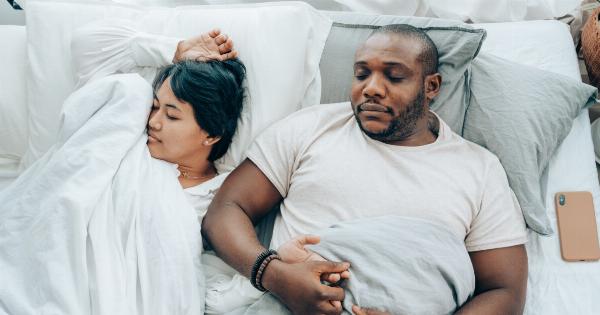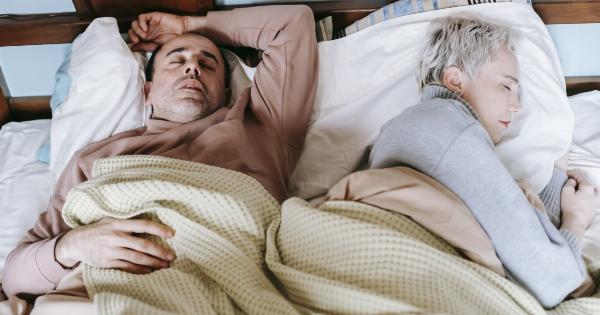Sleep disorders are becoming a common problem for children and adults alike. Whether it is due to stress, anxiety, or some medical condition, getting good quality sleep is essential for our overall health and well-being.
Lack of sleep can cause various health problems, including mood swings, fatigue, irritability, and even depression. However, many people do not seek help or treatment for their sleep disorders. In this article, we will explore how hypotheradoscopy can help with sleep disorders in children and adults.
What is Hypotheradoscopy?
Hypotheradoscopy is a non-invasive therapy that uses infrared light to promote relaxation and improve sleep quality. The therapy involves placing a small device on the forehead that emits low-intensity light waves.
These light waves penetrate the skin and reach the hypothalamus, which is a part of the brain that regulates sleep, mood, and other bodily functions. The therapy is painless and does not require any medication or anesthesia.
How Hypotheradoscopy Helps with Sleep Disorders?
Research has shown that hypotheradoscopy can improve sleep quality and reduce the symptoms of sleep disorders. The therapy helps to regulate the circadian rhythm, which is the natural 24-hour cycle of sleep and wakefulness.
It also reduces the level of cortisol, a stress hormone that can interfere with sleep. Hypotheradoscopy is a safe and effective alternative to medication for treating sleep disorders.
The Benefits of Hypotheradoscopy
Here are some of the benefits of hypotheradoscopy:.
- Improves sleep quality
- Reduces stress and anxiety
- Regulates the circadian rhythm
- Non-invasive and painless
- No side-effects
- Safe for children and adults
Who Can Benefit from Hypotheradoscopy?
Anyone who is experiencing sleep disorders can benefit from hypotheradoscopy. This includes people who have trouble falling asleep, staying asleep, or waking up too early.
It can also help people who have sleep apnea, restless leg syndrome, or other sleep-related problems. Hypotheradoscopy is safe for both children and adults and can be used as a standalone therapy or in conjunction with other treatments.
What to Expect During a Hypotheradoscopy Therapy Session?
A hypotheradoscopy therapy session typically lasts for about 30 minutes. During the session, the patient lies down and relaxes while the device is placed on their forehead.
The therapist adjusts the intensity of the light waves based on the patient’s tolerance level. After the therapy session, the patient can resume their normal activities without any downtime or recovery time.
Conclusion
If you are experiencing sleep disorders, hypotheradoscopy may be the solution you are looking for. It is a safe and effective therapy that can improve sleep quality, reduce stress and anxiety, and regulate the circadian rhythm.
Unlike medication, hypotheradoscopy does not have any side effects and is suitable for both children and adults. If you are interested in learning more about hypotheradoscopy, speak to your healthcare provider or a qualified therapist.





























